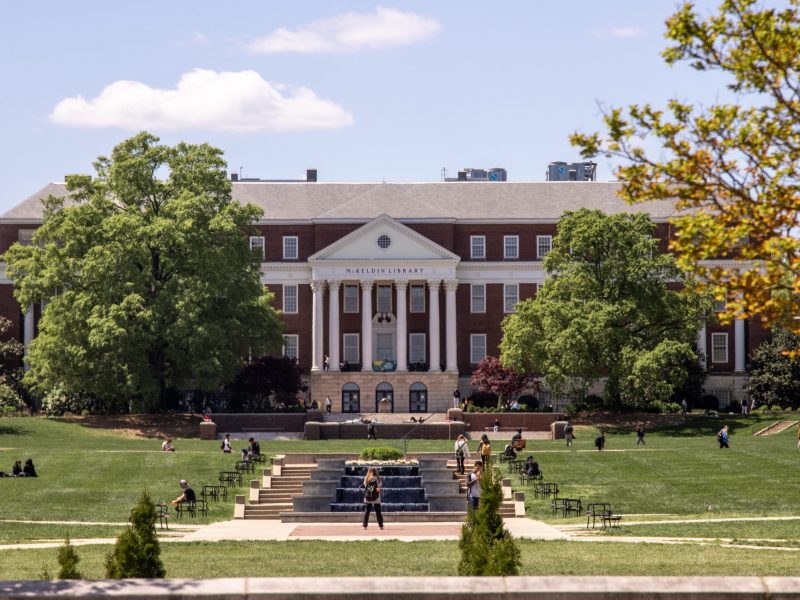Conversation about college affordability has been drowned out this election cycle, but presidential nominees Donald Trump and Hillary Clinton are similar in more ways than one when it comes to student loan debt.
The candidates’ comments specifically on student loan debt are, at times, almost identical.
“The students are choking on those loans,” Trump said at a Pennsylvania rally in September, according to a Washington Post article. “They can’t pay them back. Before they start, they’re in trouble. And it’s something I hear more and more and it’s one of the things I hear more than anything else.”
Clinton made similar comments at a January town hall event in New Hampshire.
“You know, cost for college should not be a barrier, and debt should not hold you back,” Clinton said as members of the crowd raised their hand acknowledging that they had student loan debt. “Right now, we have 40 million Americans holding $1.2 trillion in college debt. I met — yes, I see hands! Everywhere I go, I see hands.”
Although Trump does not have any policy information on his website about his college affordability plan, he has touched on the subject several times at his campaign events.
“We would cap repayment for an affordable portion of the borrower’s income, 12.5 percent, we’d cap it,” Trump said at an Oct. 13 rally in Ohio, according to the Post. “That gives you a lot to play with and a lot to do.”
Trump added that after 15 years of making full payments students could “get on with their lives.” This means he would allow student loan repayments to be capped at 12.5 percent of their income, and after 15 years, if the loan hasn’t been repaid, the remainder would be forgiven.
“Students should not be asked to pay more on the debt than they can afford, and the debt should not be an albatross around their necks for the rest of their lives,” Trump said at the rally, according to The Post.
Trump has also spoken publicly about institutions’ allocation of endowment funds and how they are rarely student-focused.
“Many universities spend more on private-equity fund managers than on tuition programs, but they should be using the money on students, for tuition, for student life and for student housing,” Trump said at the Pennsylvania rally, according to The Post. “That’s what it’s supposed to be for.”
Clinton, however, has detailed an extensive college affordability plan on her campaign website, and has also made her plan a key part of her campaign throughout this election cycle.
“We should and we will make public colleges tuition-free for families earning less than $125,000,” Clinton said during a September rally in New Hampshire while alongside Sen. Bernie Sanders, according to a Chicago Tribune article.
Her campaign website also details her college affordability plan, including promises of free tuition at community colleges, allowing students to refinance their loans at current rates and a $25 billion fund for historically black colleges.
“I want to make it absolutely clear that you will not have to borrow money for tuition to attend a four-year public college or university under my plan,” Clinton said at the New Hampshire town hall meeting. “Under my plan, you will be able to refinance to the rate that currently exists, so all those students with 5 to 10 to 12 percent, they’re going to be able to drop it to 3.5, 3.8, 4 percent,” Clinton said.
Today, the total number of student loan debt is about $1.4 trillion, according to the Consumer Financial Protection Bureau.
The average cost of tuition for students attending a public four-year university for the 2015-16 school year was $9,410 for in-state and $23,890 for out-of-state students, according to the College Board’s website.



